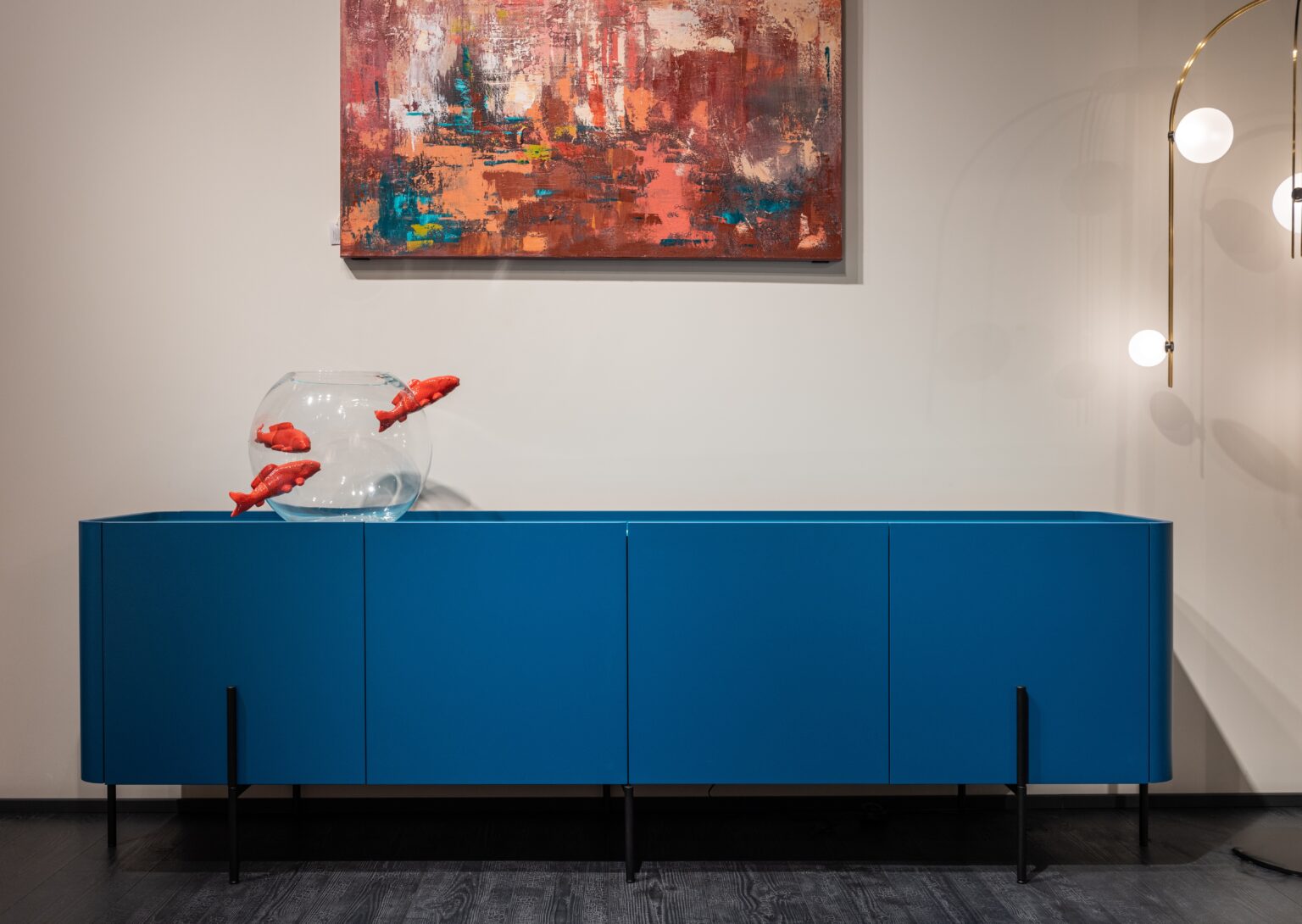Decorating your aquarium is one of the most exciting parts of fishkeeping. With so many options to choose from, it can be overwhelming to know where to start. Proper aquarium decor creates a healthy, engaging environment for your fish while also being aesthetically pleasing. This comprehensive guide will walk you through aquarium decor essentials, popular themes, things to avoid, and tips for creating a beautifully decorated tank your fish will love.
Why Aquarium Decor Matters
Decorating your tank is not just about making it look nice. The decor you choose can have a big impact on your fish’s health and happiness. Here are some key reasons aquarium decor is important:
- Enriches the environment. Decorations add complexity, hiding spots, territory markers, and stimulation. This enriches the habitat to reduce stress and promote natural behaviors.
- Supports good water quality. Live plants and certain ornaments provide beneficial bacteria growth areas. This helps process waste and maintain water quality.
- Adds visual interest. Decor makes the interior view more dynamic for you and your fish. It also provides depth, dimension, and visual complexity.
- Defines territory. Decor like caves, plants, and rocks allow fish to establish their own space and territory within the aquarium.
- Provides security. Hiding places and shaded areas allow fish to feel protected from perceived threats and discomfort. This is especially important for shy species.
- Promotes exercise. Structures to swim through and around encourage fish to remain active and explore their environment.
Aquarium Decor Essentials
When getting started with aquarium decor, there are a few basic elements every tank should include:
Substrate
The substrate forms the foundation of your decor. Gravel, sand, soil, and other substrates:
- Anchor plants and decor
- Provide beneficial bacteria growth areas
- Allow natural fish behaviors like digging or sifting
- Can impact water chemistry depending on type
For freshwater tanks, natural gravel or sand are common options. Make sure to rinse well before use. For planted tanks, specialty aquarium soil provides nutrients.
Plants
Both live and artificial plants are staples of aquarium decor. Plants oxygenate the water, absorb nitrates, provide hiding spots, and give fish environmental enrichment.
Easy, low-light live plants include Java Fern, Anubias, Amazon Sword, Cryptocorynes, and floating plants. For artificial plants, choose soft, non-abrasive silk plants over stiff plastic.
Hardscape
Driftwood, stones, rocks, and other non-living structures are referred to as “hardscape.” Popular choices include:
- Driftwood
- River rocks
- Slate
- Cholla wood
- Lava rock
- Petrified wood
Soak and clean new hardscape before adding it to your tank to remove debris, tannins, or dust. Position it before adding substrate for stability.
Hiding Places
It’s important to include caves, overhangs, dense vegetation, and other hiding zones. This allows fish to retreat when needed and reduces stress. Ideas include:
- Rock caves
- Ceramic decor with holes
- Dense plants
- Driftwood overhangs
- Terracotta pots
Popular Aquarium Decor Themes
Beyond the basics, you can choose creative themes for your tank decor. Some popular ideas include:
Natural Biotope
Replicate a natural underwater habitat from a specific region. Choose native plants, substrate, rocks, wood, and fish from that environment. This creates an authentic slice of nature.
Planted Aquarium
Focus on creating an underwater garden. Use aquarium-safe soil, dense plantings, driftwood accents, and schooling fish that won’t uproot plants. Choose low-light plants for easy care.
Zen Garden
Incorporate elements like rocks, driftwood, and smooth gravel arranged in an minimalist, harmonious style. Accent with bamboo decor and use calmer fish like bettas or goldfish.
Sunken Treasures
Add pirate or shipwreck themed decorations like sunken chests, barrels, ships, and skulls. Combine with treasure-like substrate (gold nuggets or gems) and themed backgrounds.
Aquarium Museum
Design structured displays like museum exhibits. Use slate to make signs and arrange decor in creative, educational ways. Ideal for showcasing rare, unusual fish.
What to Avoid in Aquarium Decor
While decorating your tank, there are a few hazardous things to avoid:
- Sharp objects – Anything abrasive or with rough edges can injure fish. Inspect decorations carefully.
- Untreated objects – Wood, rocks, coral, and shells from nature can affect water chemistry. Always clean and treat first.
- Toxic paints – Some decor is painted or coated with materials unsafe for aquarium use. Verify it’s aquarium-safe.
- Loose decor – Unstable ornaments can fall and crush fish. Secure decorations with aquarium sealant if needed.
- Small spaces – Decor with holes or gaps small enough to trap fish should be avoided.
- Plastic plants – Cheap plastic plants can tear fins. Choose softer silk or live plants instead.
Aquarium Decor Tips and Tricks
Follow these tips when decorating your freshwater or saltwater tank:
- Add decor slowly over weeks, allowing the tank to adjust.
- Arrange decor from largest to smallest pieces for ease.
- Slope substrate higher in back for depth and plant height.
- Use odd numbers of decor for an asymmetrical, natural look.
- Maintain open swimming areas so fish don’t feel cramped.
- Angle decor to provide both open and sheltered spaces.
- Layer substrates and plants for a multi-dimensional look.
- Replace faded plants and reposition decor when doing water changes.
Popular Aquarium Plant Types
| Plant | Lighting Needs | Growth Rate | Care Level |
|---|---|---|---|
| Java Fern | Low | Slow | Easy |
| Anubias | Low | Slow | Easy |
| Amazon Sword | Moderate | Moderate | Moderate |
| Cryptocorynes | Low | Slow | Easy |
| Dwarf Hairgrass | High | Fast | Moderate |
| Red Ludwigia | High | Fast | Difficult |
This table compares some common freshwater aquarium plant options across lighting needs, growth rate, and overall care difficulty.
Key Takeaways
- Proper aquarium decor enhances water quality, reduces fish stress, and stimulates natural behaviors.
- Include essential elements like substrate, plants, hardscape, and hiding spots when decorating.
- Choose themes like biotope, planted, or shipwreck based on your vision.
- Avoid sharp, toxic, or loose decor that could harm fish.
- Add decor slowly and creatively to optimize the habitat for fish health and happiness.
Frequently Asked Questions
What fish tank size needs decorations?
Even small tanks under 5 gallons benefit from some decor. Nano tanks especially need places for fish to feel secure. Focus on a few miniature hardscape pieces and live or silk plants.
How often should you replace aquarium decorations?
Most decor lasts for years with proper care. Replace faded artificial plants or damaged ornaments as needed. Move decor around every 6-12 months when doing tank maintenance for a fresh look.
Can I use human decorations in my fish tank?
Avoid any decor not specifically designed for aquarium use. Things like plastic toys or household decor can leach chemicals and paints unsafe for aquariums. Stick to decor marketed for fish tanks.
What is the best natural decor for aquariums?
Driftwood, river rocks, slate, and aquatic plants are excellent natural options. Boil, soak, and clean items from nature before adding to remove debris, sap, and organisms. Monitor any effects on water chemistry.
How do I clean aquarium decorations?
Clean hard decor by scrubbing with an old toothbrush and dechlorinated water. Disinfect with a mild bleach solution (1 part bleach to 20 parts water), rinse thoroughly, and let dry fully. Clean live plants by trimming away any dead or dying areas.
Should I decorate my aquarium before or after adding water?
Decorate dry before filling the tank. Substrate, background, equipment, hardscape, and plants are easier to arrange and stay put when empty. Add water slowly to avoid displacing anything.
How often should I rearrange aquarium decor?
Plan to rearrange decor every 6-12 months when doing tank maintenance. This gives fish new areas to explore and creates a fresh look. Move decor slowly and allow the tank to settle for a few hours after changes. Monitor fish for signs of stress.
What is the best background for an aquarium?
Solid black, blue, or green backgrounds enhance fish colors. Printed backgrounds depicting underwater scenes or biotope environments also look great. Avoid bright colors that could stress fish. Attach backgrounds to the outside tank walls.
Can I use household items as aquarium decorations?
Avoid any household items not specifically designed for aquarium use. Things like mugs, plates, or figurines can leach paints and chemicals. Stick to commercial decorations marketed for aquariums.
How do I make 3D aquarium backgrounds?
Use aquarium-safe foam, sealant, grout, and paints to sculpt 3D backgrounds. Shape ledges, rocks, plants, overhangs and other elements. Seal fully and allow to cure before rinsing and adding to the tank. DIY backgrounds take time but look amazing!
Transform Your Tank with Beautiful Decor
The decor you choose can bring your aquarium to life, improving fish health while creating a beautiful underwater world to enjoy. Take your time, get creative, and use quality decor to enhance your fish’s environment. Your fish will thrive in a thoughtfully decorated home. With the right aquascape supplies and a bit of imagination, you can create a visually stunning aquatic habitat.


